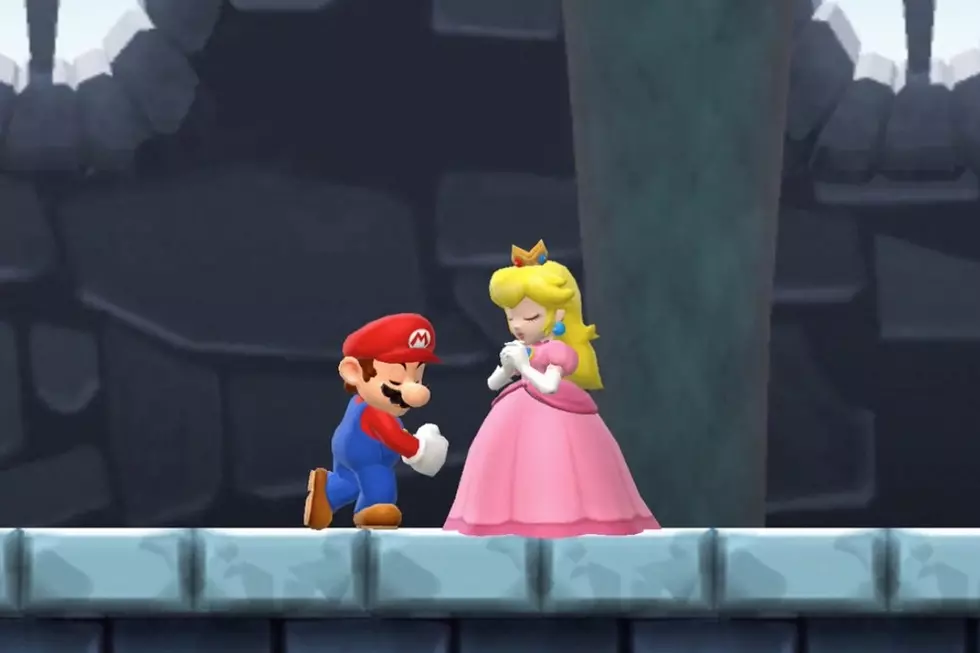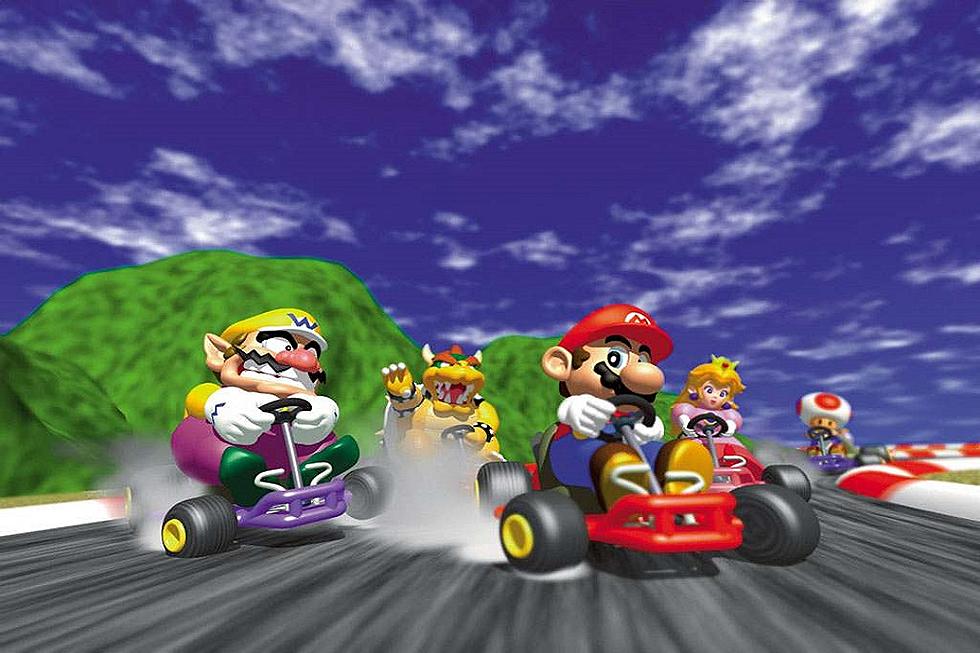
A Portable Dream: Celebrating The Legend of Zelda: Link’s Awakening
In a series as rich and lauded as The Legend of Zelda, it takes quite a bit to stand among the many mighty entries of Nintendo’s premier adventure franchise. So when it comes to The Legend of Zelda: Link’s Awakening, what are its claims to fame? Is it the fact that the game was the first Legend of Zelda game to be released on portable consoles, perhaps that it was one of the first highly successful games for the Game Boy Color in its eventual re-release, or perhaps that it was the first Zelda game to venture out of the lands of Hyrule and into a new world altogether, shedding familiar faces in favor of new and unique characters? Link’s Awakening was a trendsetter. That much is certain, but the game also stands the test of time as another great and magical entry in the long beloved series, and today we celebrate its initial release.
Development of Link’s Awakening actually began as an unsanctioned project by key members of the team that worked on The Legend of Zelda: A Link to the Past for the Super Nintendo Entertainment System. Programmer Kazauki Morita initially created a foundation for the game with an early Game Boy development kit with which he would work to develop much of the world that would be used to build Link’s Awakening. It gained traction with other members of the team and soon many others joined Morita in after-hours development of this new title. When Director Takashi Tezuka finally unveiled the project to executives, the intention was to build a full-on port of A Link to the Past. It was with the addition of a key member to the team that Link’s Awakening would become its own unique game.
Yoshiaki Koizumi was part of the development team that had helped with the story of A Link to the Past. When he was brought on board for this new handheld project, he was placed in charge of handling the main parts of the story. It was from Koizumi that the concepts of an island outside of Hyrule inhabited by unique characters emerged. It was also with Koizumi that Link’s Awakening stopped being a remake of A Link to the Past. Finally, it was a turn in structure of the Zelda series to a new kind of storytelling. In a Nintendo-published interview with the late Satoru Iwata, producers Toshihiko Nakago and Eiji Aonuma would agree that it was with Link’s Awakening that Zelda games started having proper, overt stories that carried throughout the whole game. Iwata himself agreed in the same interview that the style of storytelling in Link’s Awakening would have an enormous effect on future Zelda games.
Link’s Awakening opens to Link attempting to travel home through a storm at sea. Try as he does, the storm overtakes his watercraft and he is swept ashore to Koholint Island. He is found on the beach and rescued by Marin and taken to her home with her father, Tarin. In order to escape Koholint and get home, Link finds he must wake a mythical being known as the Wind Fish who sleeps atop of a mountain at the center of the island. To this end, Link must gather eight magical instruments that play that song that will awaken the Wind Fish, and so the journey began. Throughout the game, the character receives help and advice from characters on the island and even meets characters from other central Nintendo franchises who make cameo appearances in the game, such as Chain Chomp from the Mario series.
Link’s Awakening was incredibly successful as the first portable foray of the Zelda series. In fact, it was served Nintendo so well that they returned to it with the release of the Game Boy Color. Link’s Awakening DX is a full-color remake of the game that was backwards compatible with the regular Game Boy and featured a special dungeon reliant on the color features of the early handheld gaming device. What started as a simple secret project based entirely on remaking A Link to the Past turned into something altogether different. In the end, Link’s Awakening was a game that took many new chances with the usual formula, and with its success, many of its core concepts and mechanics would become integral parts of future Zelda entries.
More From Arcade Sushi
![Mario Is a Man of Many Hats in Super Mario Odyssey [Preview]](http://townsquare.media/site/550/files/2017/06/super-mario-odyssey.jpg?w=980&q=75)
![PAX East 2017: Mario Kart 8 Deluxe is More Than Just a Shiny Coat of Paint [Preview]](http://townsquare.media/site/550/files/2017/03/mk8dlx.jpg?w=980&q=75)






![The Nintendo Switch’s Initial Library Preaches Quality over Quantity [Preview]](http://townsquare.media/site/550/files/2017/01/switch-preview-4.jpg?w=980&q=75)
